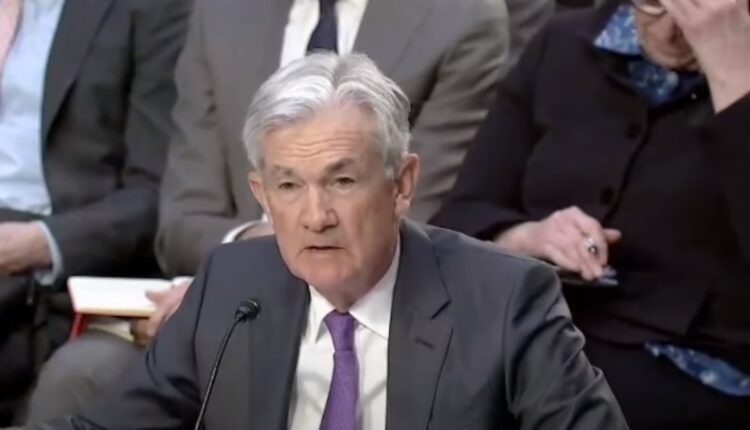
Banking Crisis Potentially Accelerates CBDC Development In The U.S.
In the wake of several banks collapsing in the United States, it doesn’t take much of an imagination to believe that the Federal Reserve might use the crisis to its advantage. While widescale bank runs have failed to materialize and confidence in the banking system remains intact (for now), central banks are already preparing for the inevitable end of the fiat money banking system. While this is a complicated and drawn-out process, the fall of Silicon Valley Bank could inject new impetus into the crossover to digital bank digital currencies (CBDC).
In the aftermath of the collapse, the Federal Reserve announced on March 15 that its FedNow service will begin operating in July. and its implementation will have several phases of preparation. The Fed will begin the formal certification of participants in the first week of April for the launch. As some believe, this could segue into the use of CBDC as a digital alternative to the fiat dollar.
Participants will be required to complete a client certification and testing program, in order to prepare to submit live transactions through the system.
“In June, the Federal Reserve and certified participants will conduct production validation activities to confirm readiness for the July launch.” the Fed noted.
What is FedNow?
The FedNow payment program is a new service being developed by the Federal Reserve that will enable instant payments in the United States. It will allow consumers and businesses to transfer funds between bank accounts in real time, 24 hours a day, 7 days a week, and 365 days a year.
The service will be built on the Federal Reserve’s Fedwire Funds Service, already used by banks to settle large-value transactions. It will provide a new option for banks to settle smaller payments in real time, using a more modern and efficient infrastructure. It is not a CBDC per se, but a payment infrastructure.
The development of the FedNow service is in response to the growing demand for faster and more efficient payment systems, as consumers and businesses increasingly expect real-time payments. It is expected to be available to all banks in the United States by 2023 or 2024.
FedNow is intended to complement other instant payment systems, such as Zelle and Venmo, by providing a secure, reliable, and widely accessible option for instant payments.
Although digital currencies offer facilities, they are still a new version of money that will remain under the control of the States and that seeks to monitor its users.
The Fed Is Floating The Idea Of Backstopping All Deposits
While we are now delving into speculative territory, this latest announcement is raising eyebrows around the TDR newsroom.
Today, it was announced that U.S. officials are studying ways they might temporarily expand Federal Deposit Insurance Corp. coverage to all deposits, a move sought by a coalition of banks arguing that it’s needed to head off a potential financial crisis.
Treasury Department staff are reviewing whether federal regulators have enough emergency authority to temporarily insure deposits greater than the current $250,000 cap on most accounts without formal consent from a deeply divided Congress, according to people with knowledge of the talks.
While the Fed’s intent might be noble, an unlimited deposit backstop would be a highly inflationary policy if implemented. As inflation is by definition the act of inflating something or the condition of being inflated, the prodigious money supply that would follow could play into the central bank’s CBDC ambitions. Because once money supply growth becomes unrestrained, the U.S. currency will be more prone to accelerated inflation and collapse. Then enter a new monetary system to save the old one the Fed helped bring down.
We’re not there just yet, but it sure looks like the Fed is on a mission to take us there.



